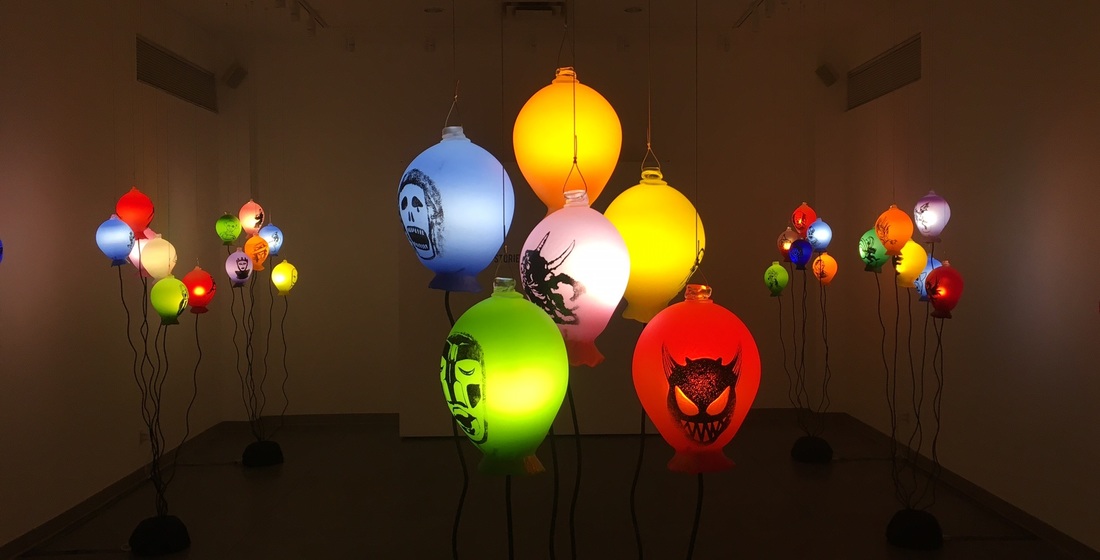As I write this in January of 2017, I feel we are living in a period of unusually high levels of fear and anxiety. Certain political figures at home, across the border, and overseas seek to capitalise on, and increase feelings of fear. The continued reinforcement of the need for fear can cause anxiety. Anxiety is the result when fears become pervasive, unfocused, and intangible. When fear is no longer attached to a specific threat, it can be manipulated by influential people. This anxiety can then be used to justify violence and militarisation. The problem is that the people on the receiving end of that violence are then susceptible to the fear-anxiety-violence cycle. The use of violence and military action re-creates the problem it is supposedly intended to solve. It creates a situation in which one must retaliate or be conquered. It creates an “us vs. them” narrative. It decreases quality of life and understanding on both sides of the conflict.
It's true that actions and customs which seem normal in another culture can seem strange or unjust to us. But focusing on how much we might dislike those differences is a futile effort. When beliefs or customs are directly challenged, the response of an individual or a group is often the entrenchment of those customs, the digging in of heels, and a refusal to consider an outside idea. There is a risk here that we will then fail to see the humanity in such a group.
This is where arts can play a key role. As we know, art increases empathy, critical thinking, and brain plasticity. Artistic collaborations and cultural exchanges are not only a positive response to fear, but they can provide avenues by which we might successfully understand or influence practices that we do not like. When we commit acts of violence, we confirm that the world is a violent place, and we become more likely to experience violence. We should confirm that the world is an understanding and empathetic place, through arts engagement, moments of individual reflection, and conversation. Political leaders would do well to start taking art seriously as a way of bridging gaps in intercultural understanding, to create peace for the people they are supposed to represent. Programs such as international artist residencies, travelling exhibitions/performances, and arts teachers from abroad are good starting points, and there is already some funding for these. However, in times when we are at risk of being divided, additional and intentional programming is needed.
The use of force can create the temporary impression of success in terms of making “us” feel safe. However, for a long term solution, we must look at ways to engage, to include, and to educate while being open to learning new things ourselves. It's a more complicated path, and it requires more patience, but it's one that allows us to move forward together. There is no fear of the unknown when you see the humanity in all people. Arts are how we express our humanity, and where we can find it as well.
Thanks for reading! Please share your thoughts in the comments, and share this blog with your friends and family.




 RSS Feed
RSS Feed
